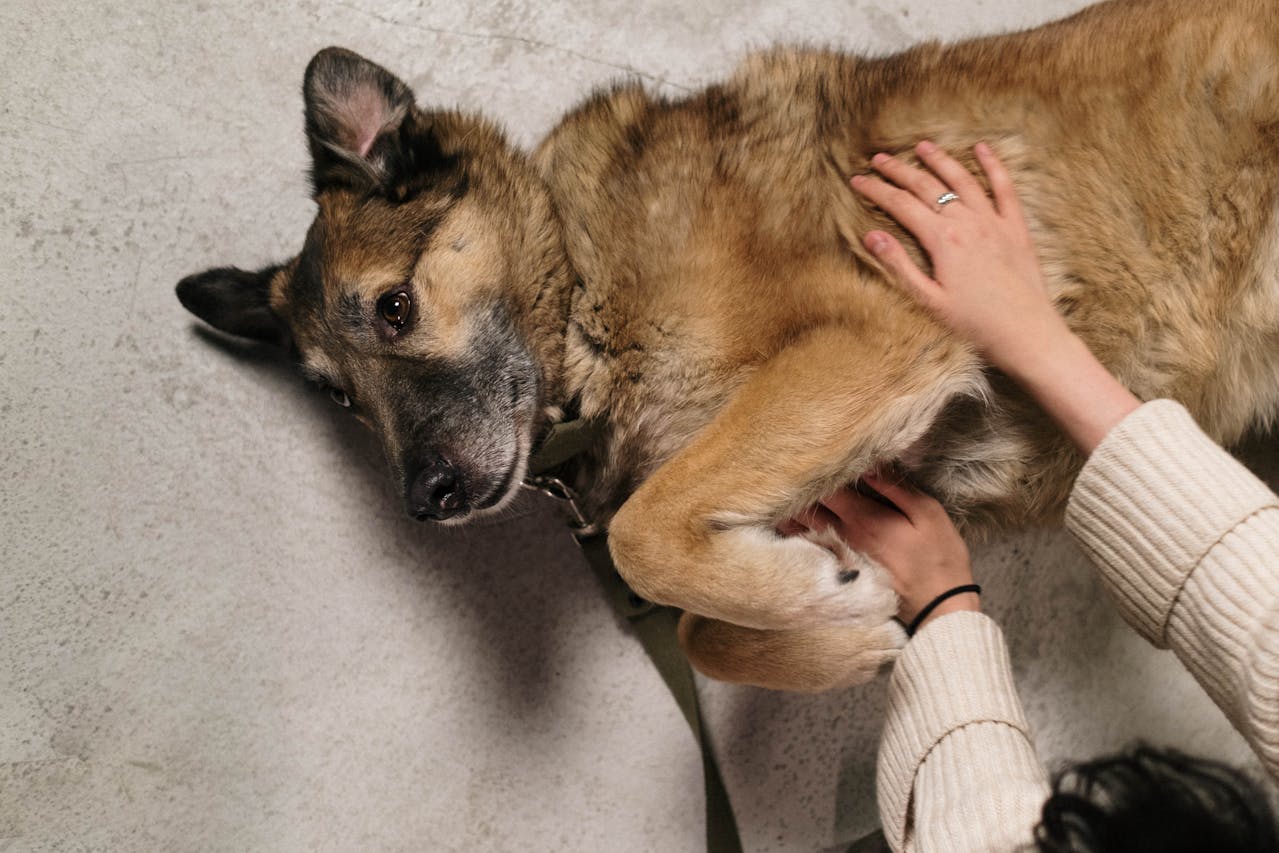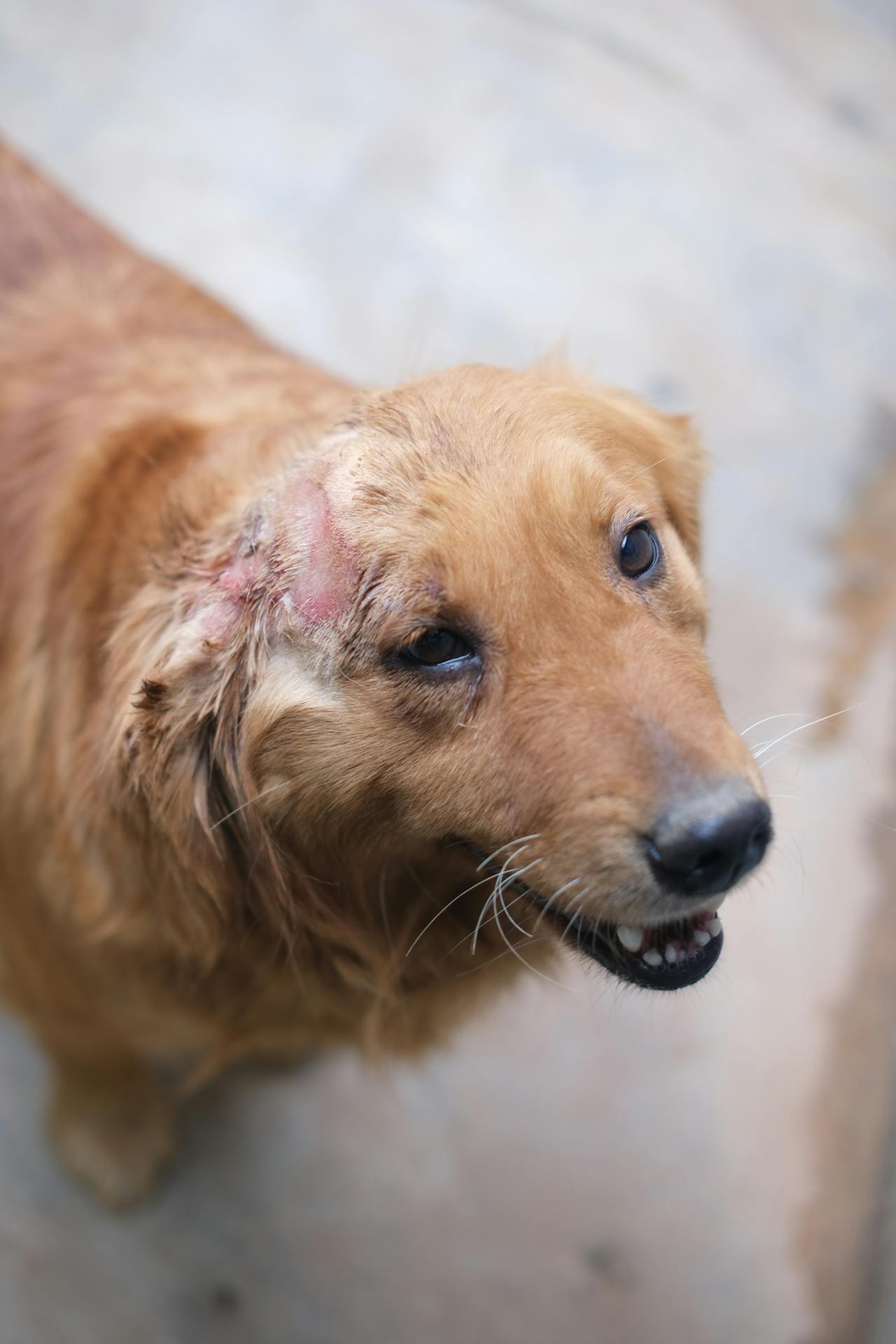Essential Information for Pet Owners Regarding Rabies

Movies like "Old Yeller" and "Cujo" have ingrained the idea that animals with rabies foam at the mouth and become dangerously aggressive, posing a threat to anything or anyone in their path.
Although not a common occurrence, your pet can contract the rabies virus, which almost always leads to your pet's demise. The good news is that you can take precautionary steps to safeguard your pet and your family.
Rabies Statistics
Out of these rabies cases, 276 affected cats and 62 dogs. Surprisingly, the American Association of Feline Practitioners (AAFP) reports that since 1980, there have been more cases of rabies in cats than in dogs in the United States.
The primary source of rabies is wild animals, including bats (32.2%), raccoons (28.6%), skunks (21.1%), and foxes (7.0%).
Immunizing dogs and cats against rabies is the crucial line of defense between wildlife and humans. Encounters with unvaccinated wild animals raise the risk of infection, so if you have hunting dogs or dogs accompanying you on outdoor activities, it's wise to consider a rabies vaccination for their protection.
Understanding Rabies
Rabies is a fatal disease that affects all warm-blooded mammals unless prompt anti-rabies treatment is administered.
Rabies transmission almost always occurs when an infected animal bites an uninfected one. The virus responsible for the disease is present in the saliva of infected animals. It travels through the nerves to the spinal cord and then to the brain, where it multiplies rapidly before spreading to other body parts, including the salivary glands.
The incubation period from being bitten to developing symptoms can range from a few days to several months or, in rare cases, even years. Once the virus reaches the brain, your pet may display one, two, or all three phases of rabies.
Prodromal Rabies
This phase typically lasts 2-3 days in dogs and is marked by apprehension, nervousness, anxiety, isolation, and fever. Usually, friendly animals may become shy or irritable and exhibit biting behavior. In contrast, aggressive animals may become unusually affectionate. Most animals will obsessively lick the site of the bite.
Cats experience the prodromal phase for only 1-2 days and often display more fever spikes and erratic behavior than dogs.
Furious Rabies
Following the prodromal phase, some animals progress to the furious stage, a phase particularly common in cats. In dogs, this phase usually lasts for 1 to 7 days. Animals become restless, irritable, and highly responsive to sensory stimuli. As restlessness intensifies, they may roam, becoming increasingly temperamental and vicious.
When confined, dogs might bite and attack their enclosures. They ultimately become disoriented, experience seizures, and eventually succumb to the disease.
Paralytic Rabies
Animals may enter the paralytic phase after the prodromal or furious stages. This phase typically appears within 2 to 4 days after the initial signs. Initially, nerves affecting the head and throat become paralyzed, leading to salivation due to the inability to swallow. As the disease progresses, breathing becomes labored, and pets may develop a dropped jaw.
Pets may emit choking sounds, leading owners to believe something is stuck in their throats. Their condition deteriorates, culminating in respiratory failure and death.
Diagnosing Rabies
Following exposure to the virus, bitten pets may go through one or more stages. The virus usually travels along nerves toward the brain.
Rabies is relatively slow-moving, and the incubation period—between exposure and brain involvement—averages between 3 to 8 weeks in dogs, 2 to 6 weeks in cats, and 3 to 6 weeks in humans. Longer incubation periods of up to 6 months in dogs and 12 months in humans have been reported. Once the virus reaches the brain, it moves to the salivary glands and can be transmitted through bites.
The current method to diagnose rabies in animals involves examining the brain under a microscope. Although some new testing techniques using skin and blood samples are being explored and used in research settings, they still need to be standard practice.
Protecting Your Pet from Rabies
There is no cure for rabies in pets. While a few rare cases of dogs surviving a rabies infection have been reported, this is highly unusual. Currently, only humans can receive treatment for rabies.
Vaccinating your pets remains the most effective way to prevent rabies infection. Properly vaccinated pets have a minimal risk of contracting the disease.
While rabies vaccination for dogs is mandatory in all states, it is estimated that up to half of all dogs are not vaccinated. Mandatory vaccination for cats varies from state to state, even though there are more reported cases of cat rabies than dog rabies.
The standard vaccination protocol involves vaccinating dogs and cats at four months of age and then repeating the vaccination one year later. Afterward, a three-year rabies vaccination is recommended.
Although the three-year shot has been proven highly effective, some states or individual veterinarians may require annual or biennial vaccinations. Discussing the appropriate vaccination protocol with your pet's veterinarian is essential.
While the risk of encountering the virus is low, it's not nonexistent.
Preventive Measures Against Rabies
-
Regularly vaccinate your pets against rabies.
-
Avoid wild, unfamiliar, or stray animals; never keep wild animals as pets.
-
Keep your pets from roaming where they might encounter potentially rabid animals.
-
In case of a bite to a family member or pet by any animal, contact your local public health agency for guidance on human bites and your local animal control agency for pet bites. Special recommendations exist for exposures to bats, so contact your local public health agency if there's any contact with this species.
Get insurance plans with wide-ranging coverage options













